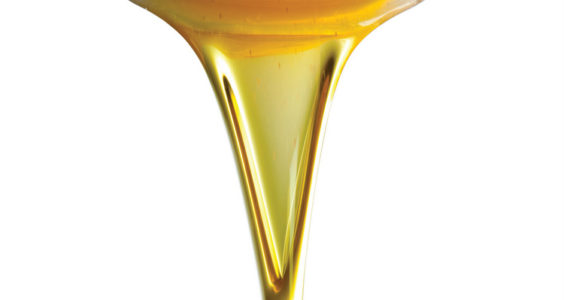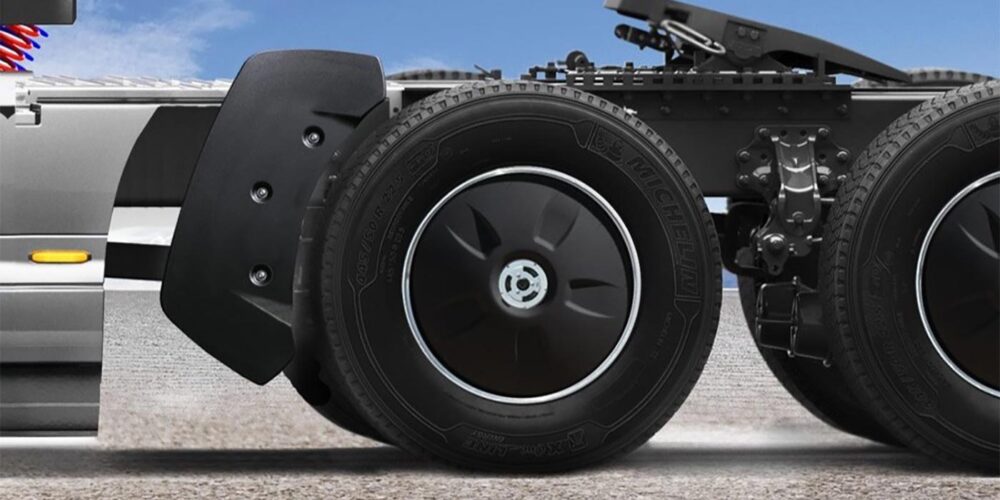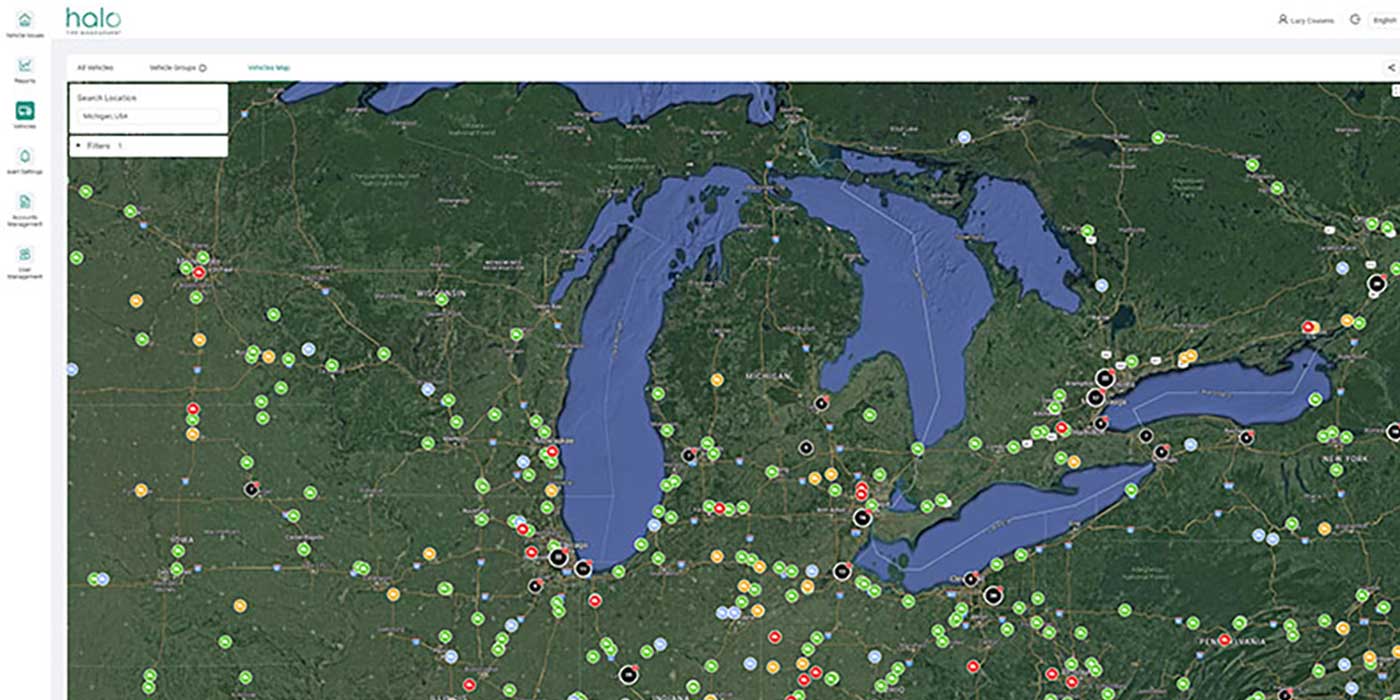I just returned from making a presentation at the Advanced Engineering Technology Conference (AETC) associated with the Performance Racing Industry (PRI) show in Indianapolis. This is the biggest event in the world for people who earn their livings racing. The general public is not allowed to attend. There I found that even racers and race engine builders have become concerned about changes occurring in various engine oils. Of course, their biggest concern was with reduced phosphorus or low sulfated ash, phosphorus, and sulfur (SAPS) oils for both passenger car motor oils (PCMO) and heavy-duty diesel engine oils (HDEO). I told them it was very simple: Environmentalists are now formulating oils, and they have no idea what they are doing, nor do they care. They’re just flexing their political muscles and they are destroying oil performance characteristics that we’ve come to expect.
I won’t talk too much about PCMOs here, because I don’t think it’s a major concern for most truck fleet operators. However, if you’re a motorhead who likes restored or high performance vehicles, you should follow this subject very closely. PCMO oils will not take care of your older high performance vehicles when the next spec change occurs.
Racers typically transport their operations in fleets of diesel semis. Several of them commented that they couldn’t go as far between oil changes as they could on CI-4 Plus oils. CJ-4 was a step backwards. And they worry that PC-11 will happen to them soon.
I explained that this is because CJ-4 and the new CK-4 oils place limits on the amount of detergency a diesel oil can contain; and diesels love detergents! Over-based detergent content effectively determines the engine oil change interval, because detergents are the primary players in neutralizing acidic byproducts of combustion. Environmentalists upset the playing field again.
There was also considerable discussion about the two new PC-11 HDEO performance categories. I explained that both new categories were driven by the Engine Manufacturers Association (EMAs) request to create oils which improved fuel economy.
The first PC-11 specification will likely be called CK-4, and it will be introduced in late 2016 or early 2017. Although these oils will be less viscous than the SAE 15 W40 HDEOs we are used to seeing, they will be backwards compatible. That means they can be used in earlier engine designs without fear of failure.
The question mark is the second PC-11 category, likely to be called by a completely new set of letters (FA-4). These oils will be even less viscous than CK-4 oils. They will not necessarily be backwards compatible because of those low viscosities.
Diesel engine builders have learned from NASCAR and NHRA Pro Stock racers that they can safely use low viscosity oils if they reduce engine clearances and machine engine components to finer finishes. Components must be machined so that the height of mechanical asperities is reduced to prevent metal-to-metal contact. Clearances must be tightened up to restore oil pressure to acceptable levels.
New ASTM tests will insure that these oils don’t shear down at high temperatures and shear rates, so film strength will remain acceptable for component longevity even with thinner oils. These will be some of the best oils ever produced, and they will maximize fuel economy. But they can’t be used if oil pressure isn’t sufficient to pump oil everywhere it needs to be in an engine.
One can experiment with these oils in older trucks, but I would be very leery of using them if I couldn’t maintain at least 30 PSI oil pressure throughout the operating range (hot idle is usually the most severe condition).
Here’s hoping that fleets can see significant, measurable fuel economy benefits when using the new PC-11 oils. Fuel prices can’t stay low forever.














